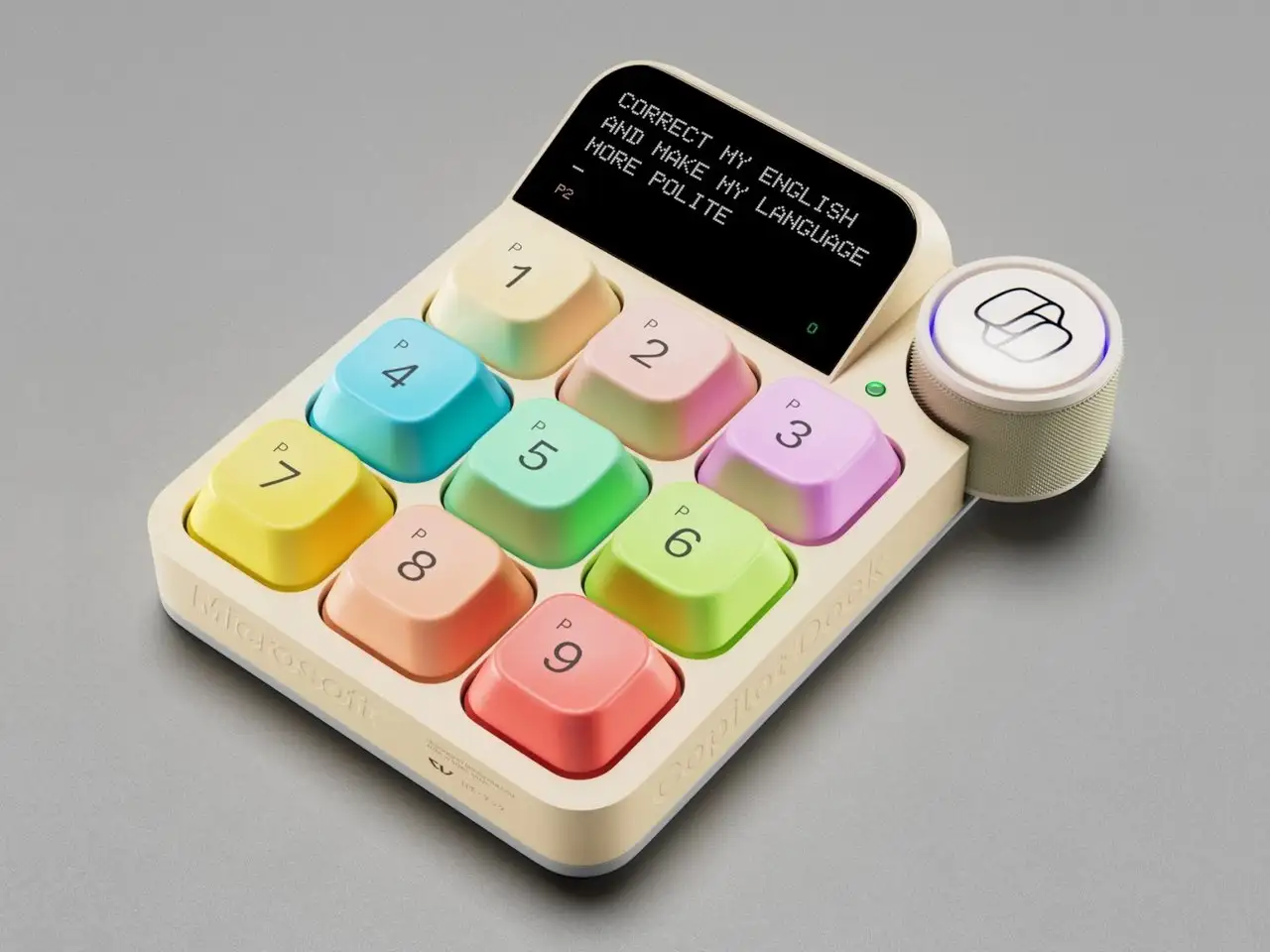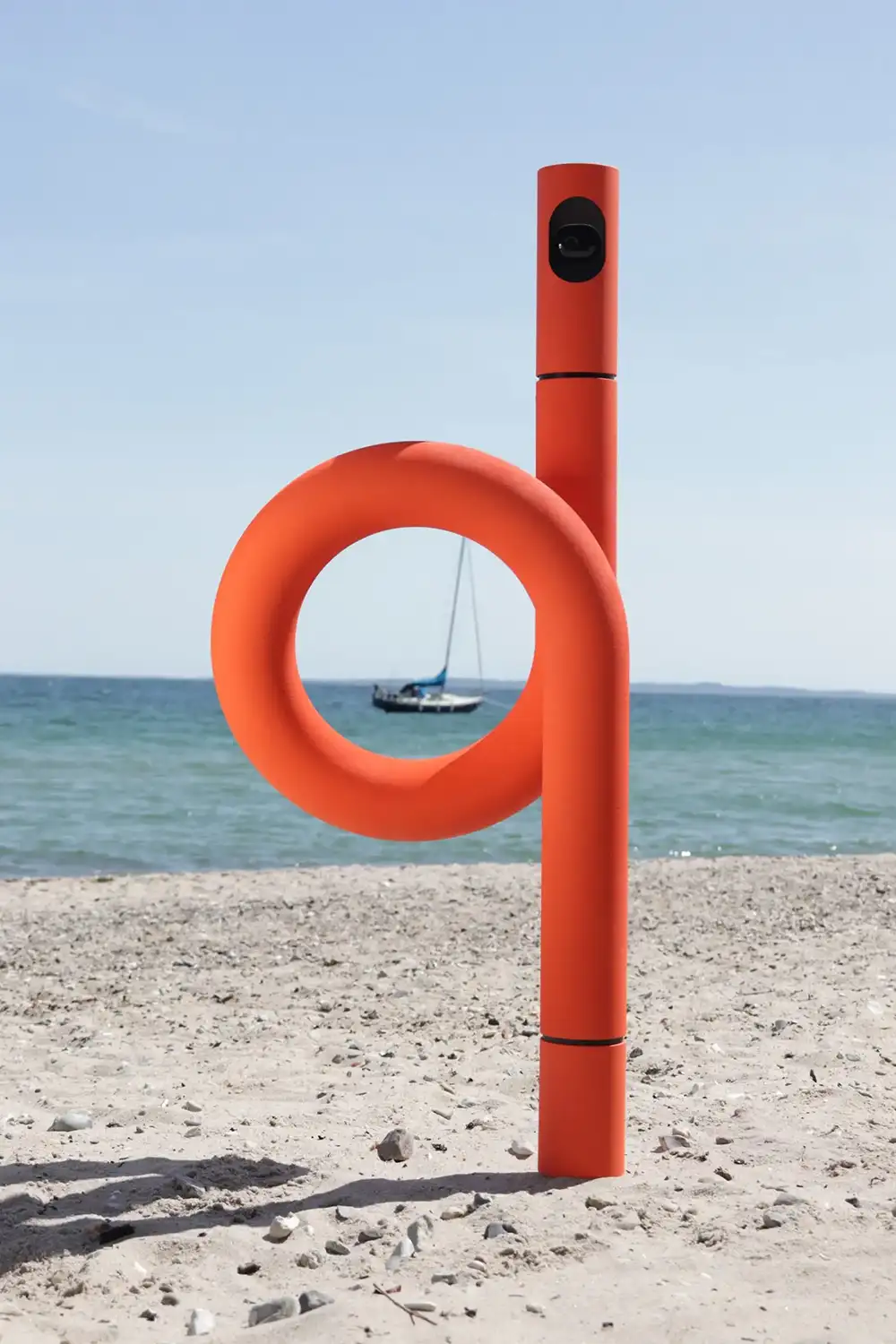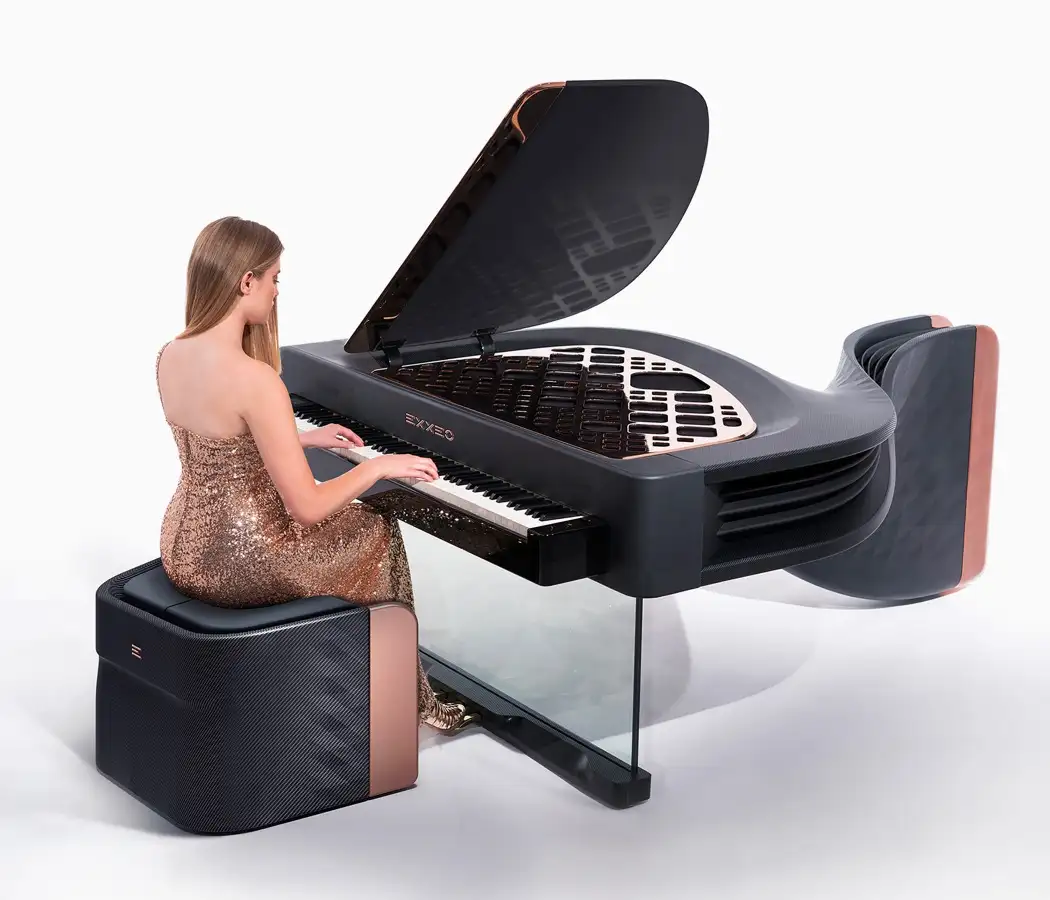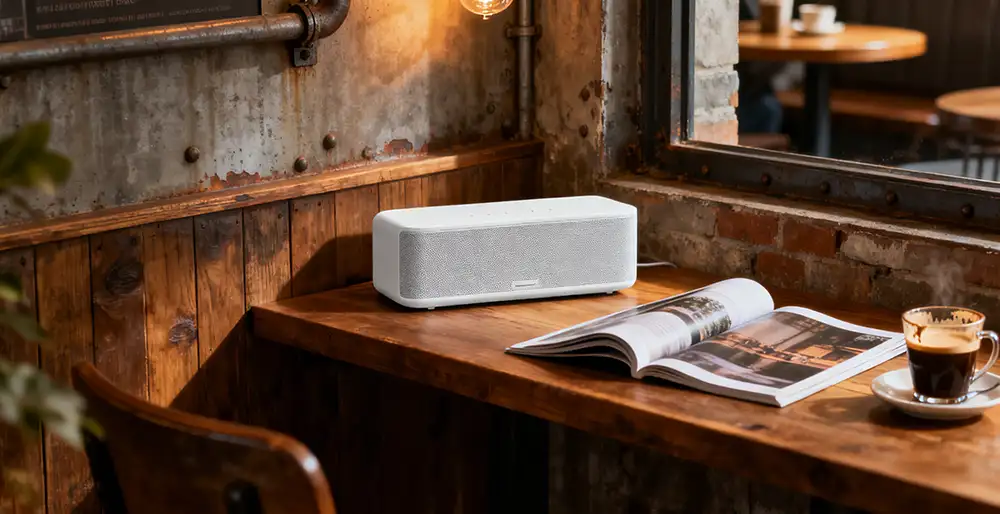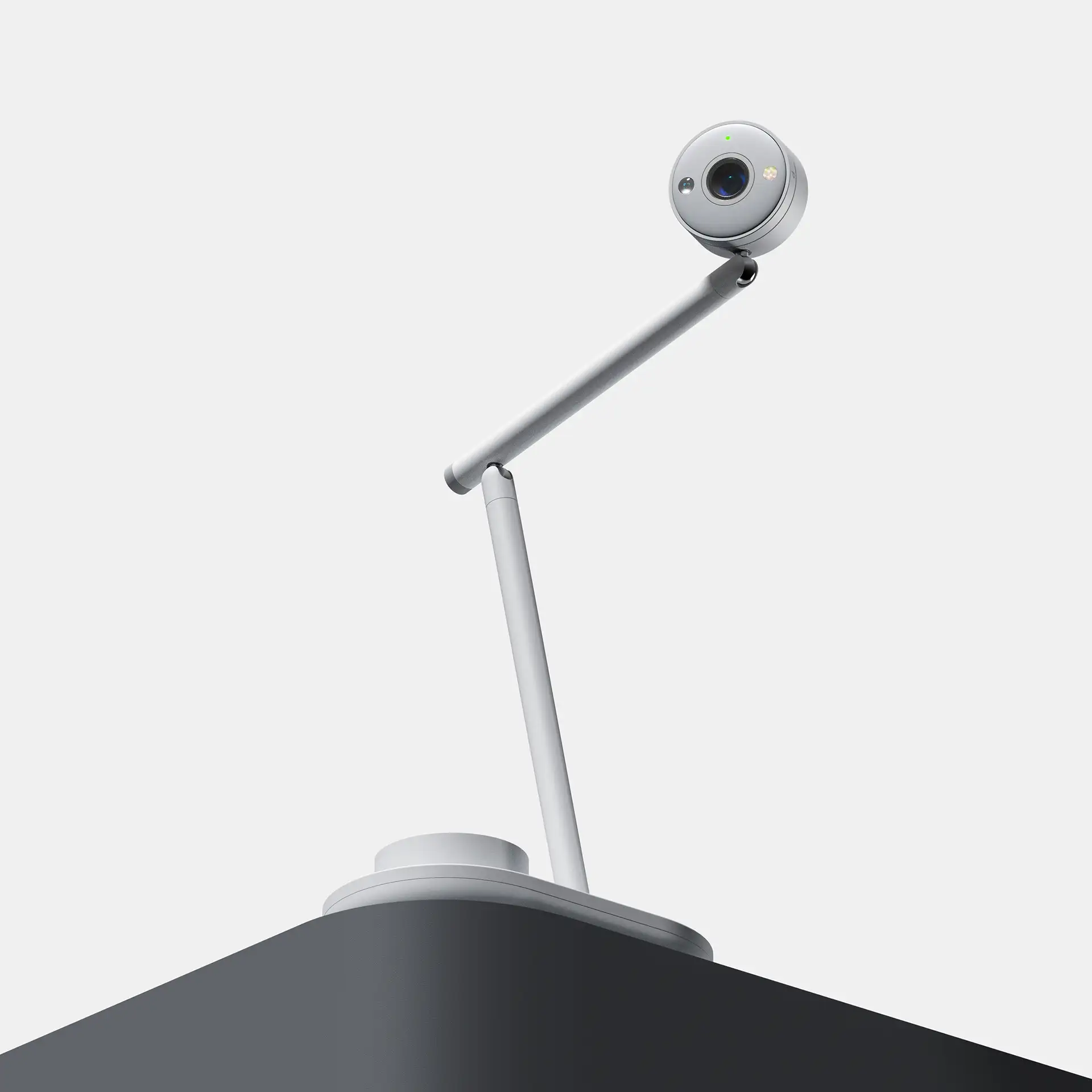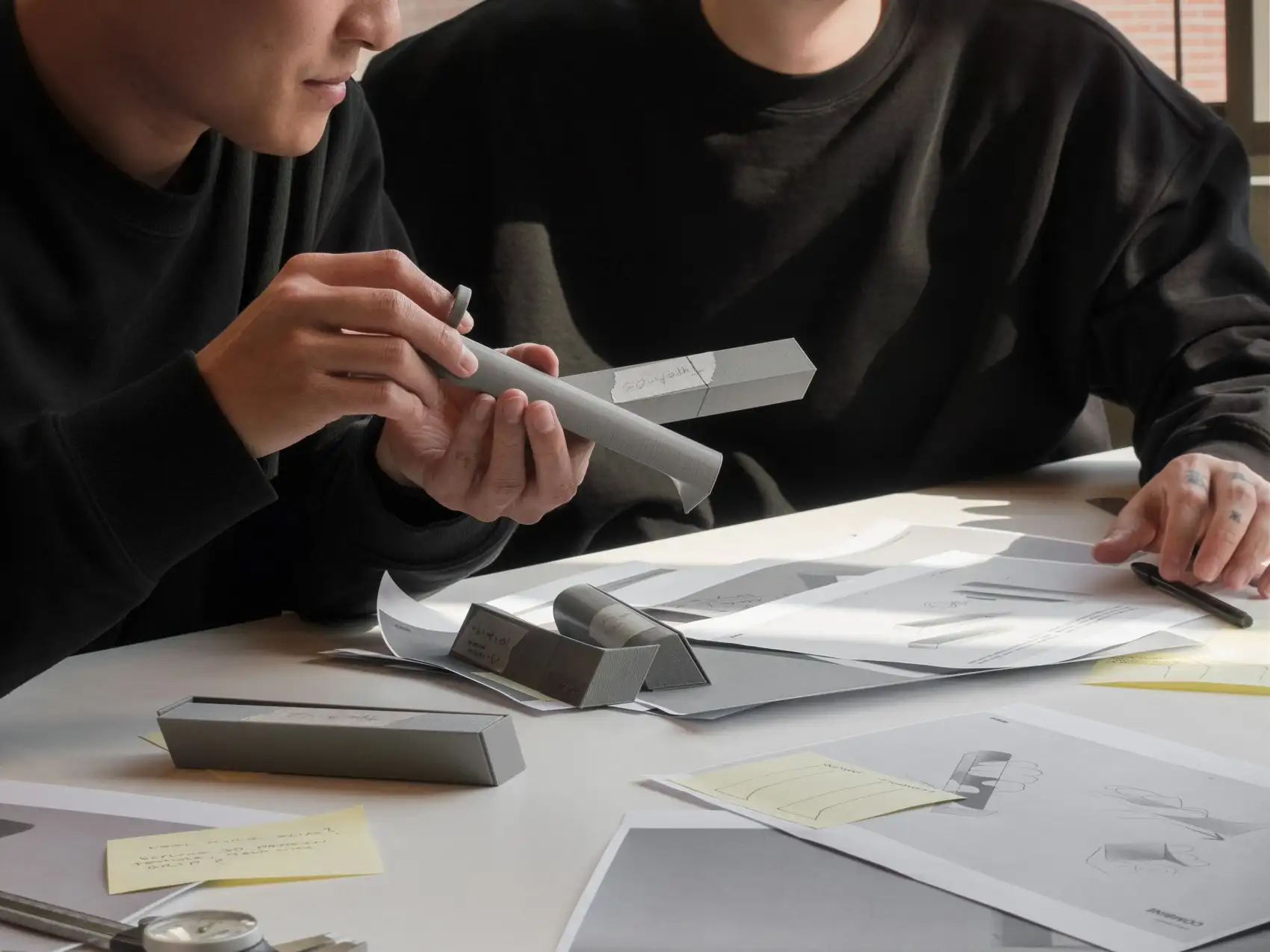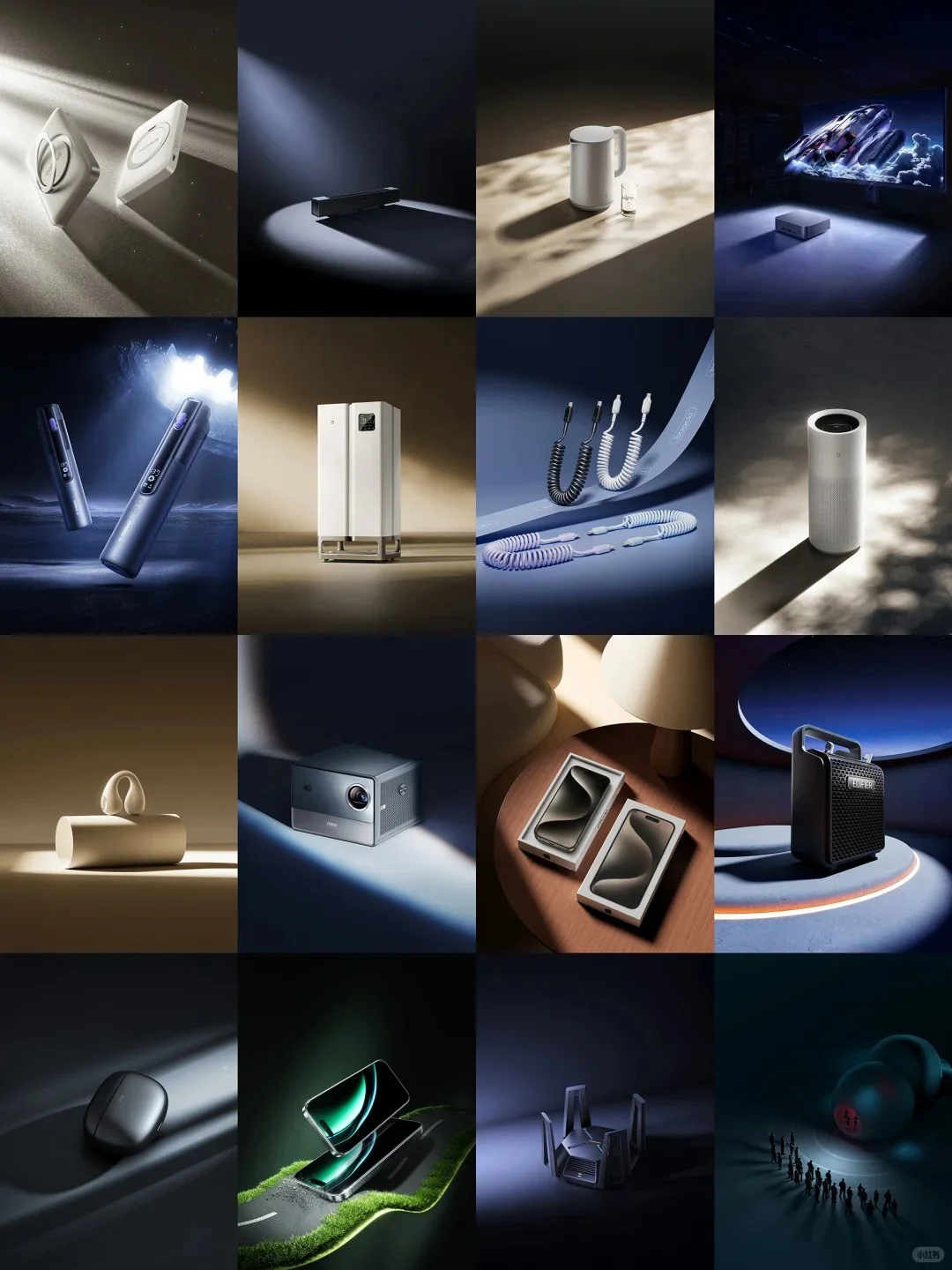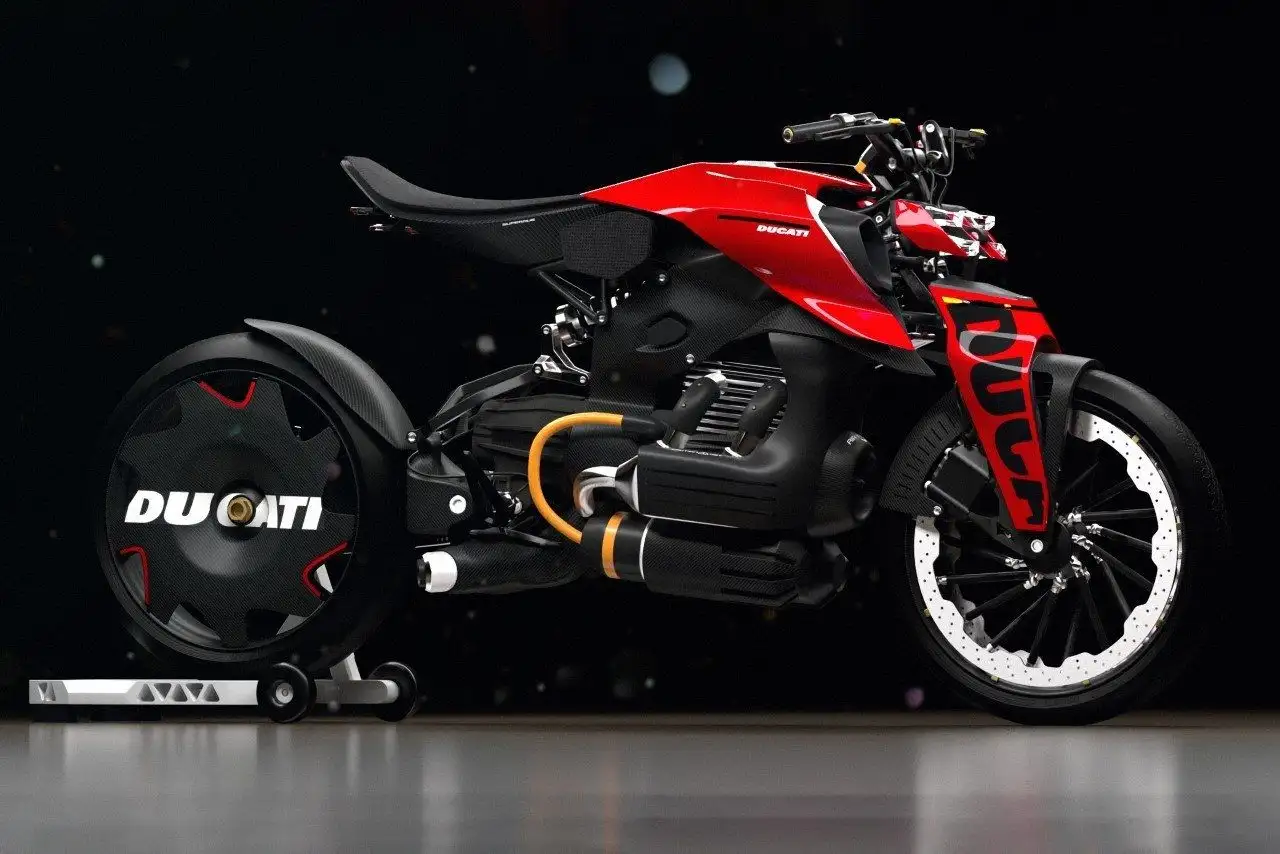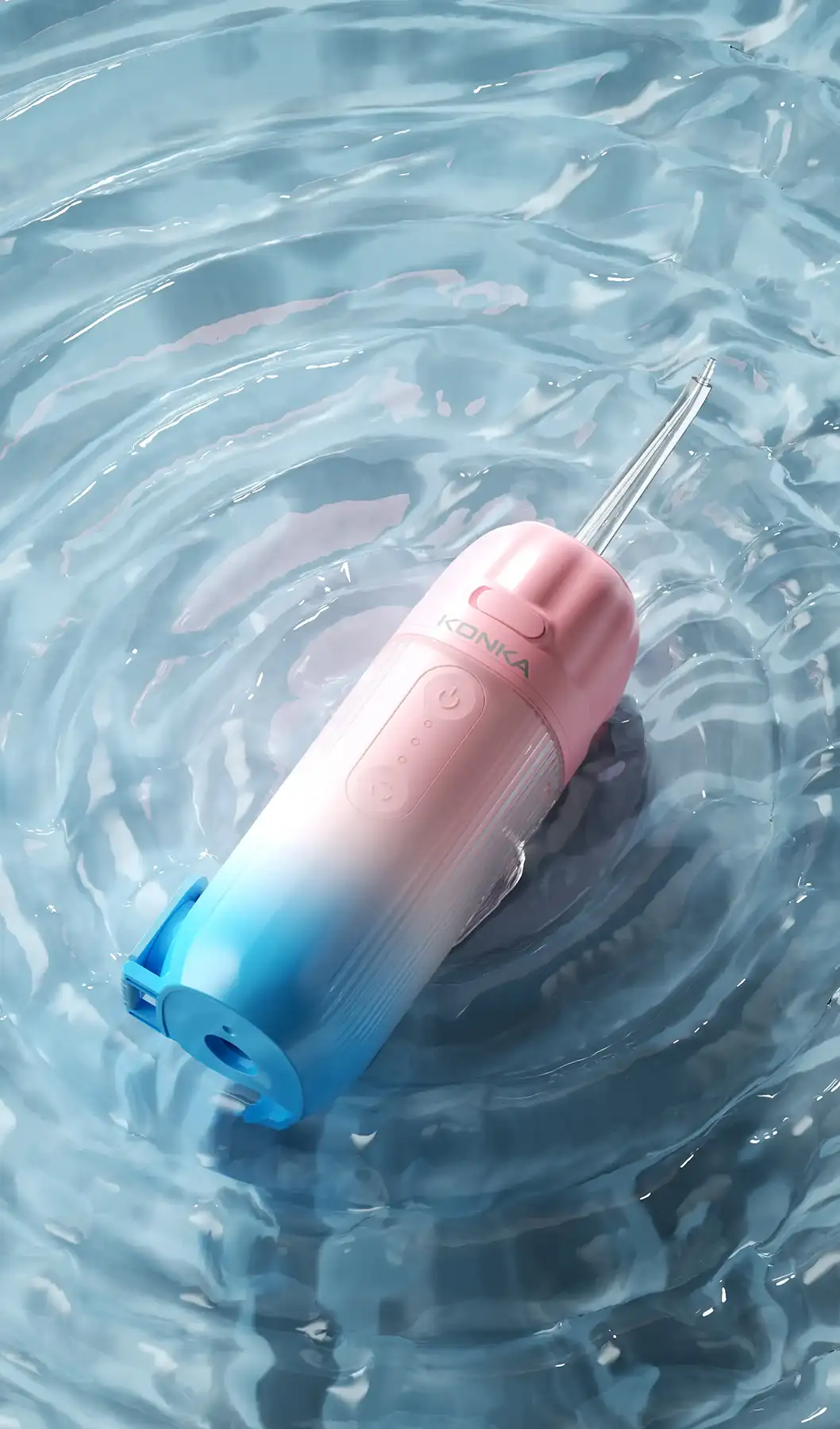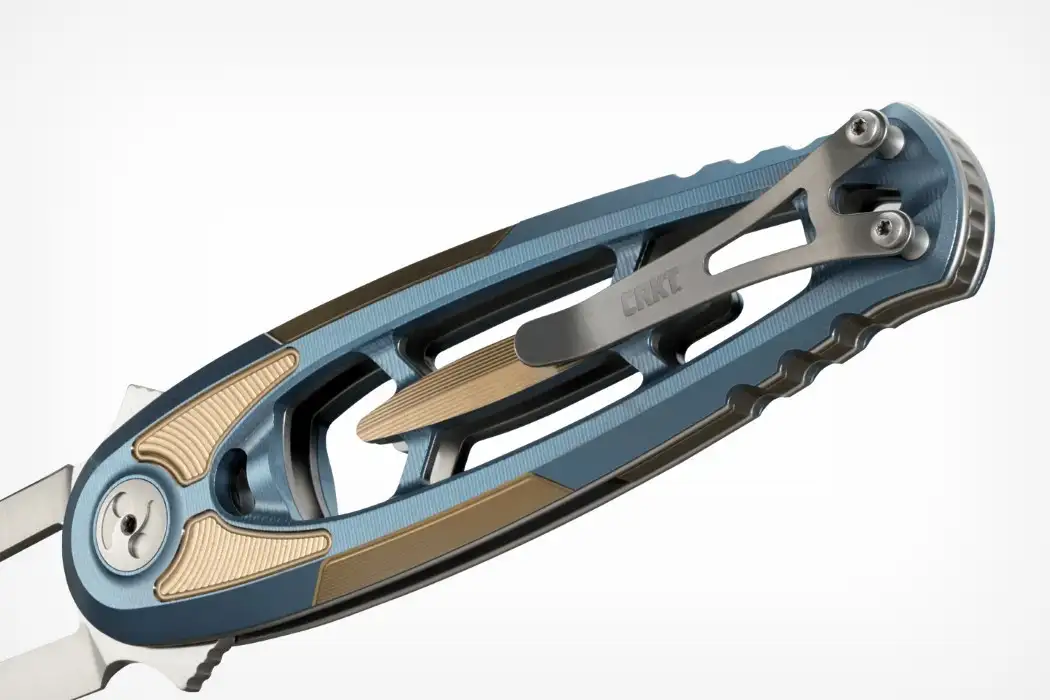NINEIDEA:在全球对环境保护与资源可持续利用日益关注的当下,深圳工业可持续设计的重要性愈发凸显。有人或许质疑其是否只是一个无法落地的伪命题,但事实上,在工业设计这条路上,不仅切实可行,更是行业发展的必然趋势。
可持续设计在深圳工业设计中的可行性基础
产业基础雄厚:深圳作为中国的制造业和科技重镇,拥有完整且成熟的工业体系。从电子信息、智能硬件到传统制造业,各个产业环节紧密相连。这为可持续设计提供了坚实的物质基础和技术支撑。例如,在电子产品领域,深圳众多企业具备强大的研发与生产能力,能够迅速将可持续设计理念转化为实际产品。像一些智能手表品牌,利用本地成熟的供应链,采用可回收材料制作外壳,同时优化产品内部结构,延长产品使用寿命,实现了可持续设计的落地。
创新资源丰富:深圳汇聚了大量的创新资源,包括众多高校、科研机构以及活跃的创新人才。高校与科研机构不断开展与可持续设计相关的研究项目,为产业提供理论支持和技术储备。例如,深圳的一些高校开设了可持续设计相关课程,培养专业人才,同时与企业合作开展产学研项目。众多富有创新精神的设计师和工程师也积极投身于可持续设计实践,他们不断探索新的材料、工艺和设计方法,推动可持续设计在深圳工业设计中的应用。
政策大力支持:深圳市政府出台了一系列鼓励可持续发展的政策措施,为工业设计中的可持续设计提供了有力的政策保障。例如,对于采用环保材料、节能技术的企业给予税收优惠和财政补贴;设立专项基金支持可持续设计创新项目;制定严格的环保标准,引导企业在设计和生产过程中注重环境保护。这些政策激励企业积极践行可持续设计理念,推动整个行业向可持续方向发展。
深圳工业设计可持续设计的实践成果
材料创新:深圳的工业设计师们积极探索和应用新型环保材料。在家具设计领域,一些企业采用竹材、再生塑料等可再生、可回收材料替代传统的实木和不可降解塑料。竹材具有生长速度快、强度高的特点,经过精心设计和加工,能够制作出美观且耐用的家具产品。同时,再生塑料的应用不仅减少了塑料废弃物对环境的污染,还降低了生产成本。例如,有的企业将废弃塑料瓶回收处理后,制成具有独特纹理的家具板材,既实现了资源的循环利用,又赋予产品独特的外观。
产品生命周期优化:许多深圳企业在产品设计阶段就充分考虑产品的整个生命周期。以消费电子产品为例,一些品牌设计的手机、平板电脑等产品易于拆解维修,延长了产品的使用寿命。同时,通过软件更新等方式,不断提升产品性能,减少因技术更新换代而导致的产品过早淘汰。另外,在产品包装设计方面,采用简约、可回收的包装材料,减少包装废弃物的产生。比如,某智能音箱产品的包装采用可降解的纸质材料,且包装结构简单,易于拆解和回收,既降低了包装成本,又减少了对环境的影响。
能源效率提升:在电器产品设计中,深圳企业注重提高能源利用效率。例如,智能空调产品采用先进的变频技术和智能温控系统,能够根据室内环境自动调节运行功率,相比传统空调大幅降低了能耗。一些 LED 照明企业不断优化产品的光学设计和散热结构,提高发光效率,降低能源消耗,同时延长灯具的使用寿命。这些产品在满足用户功能需求的同时,实现了能源的高效利用和环境友好。
可持续设计对深圳工业设计的积极影响
提升企业竞争力:践行可持续设计的深圳企业,能够更好地满足消费者对环保产品的需求,树立良好的品牌形象,从而在市场竞争中脱颖而出。例如,一些注重可持续设计的电子产品品牌,因其环保理念和产品性能,获得了国内外消费者的认可,市场份额不断扩大。同时,可持续设计有助于企业降低生产成本,通过采用环保材料和优化生产工艺,减少原材料采购和废弃物处理成本,提高企业的经济效益。
推动行业升级:可持续设计促使深圳工业设计行业从传统的以产品功能和外观为主要导向,向更加注重环保、资源利用和社会责任感的方向转变。这种转变推动了行业内技术创新和人才培养,促使企业加大在可持续设计方面的研发投入,提升整个行业的设计水平和创新能力。例如,为了实现产品的可持续设计,企业需要不断研发新的材料和工艺,这带动了相关上下游产业的发展,形成了良性的产业生态循环。
满足社会发展需求:随着社会对环境保护和可持续发展的关注度不断提高,深圳工业设计的可持续设计能够更好地满足社会对绿色产品的需求。可持续设计的产品不仅减少了对环境的负面影响,还为人们提供了更加健康、环保的生活方式。例如,环保型的家具和家电产品,能够改善室内环境质量,保障人们的身体健康。同时,可持续设计也有助于推动城市的可持续发展,减少资源浪费和环境污染,实现经济、社会和环境的协调发展。
深圳工业设计的可持续设计并非伪命题,而是基于坚实基础、已有实践成果且对行业和社会发展具有积极影响的重要发展方向。随着技术的不断进步、政策的持续支持和市场需求的进一步扩大,可持续设计在深圳工业设计中将发挥更加重要的作用,引领深圳工业设计走向更加绿色、环保和可持续的未来。
@NINEIDEA九号创新 www.nineidea.com
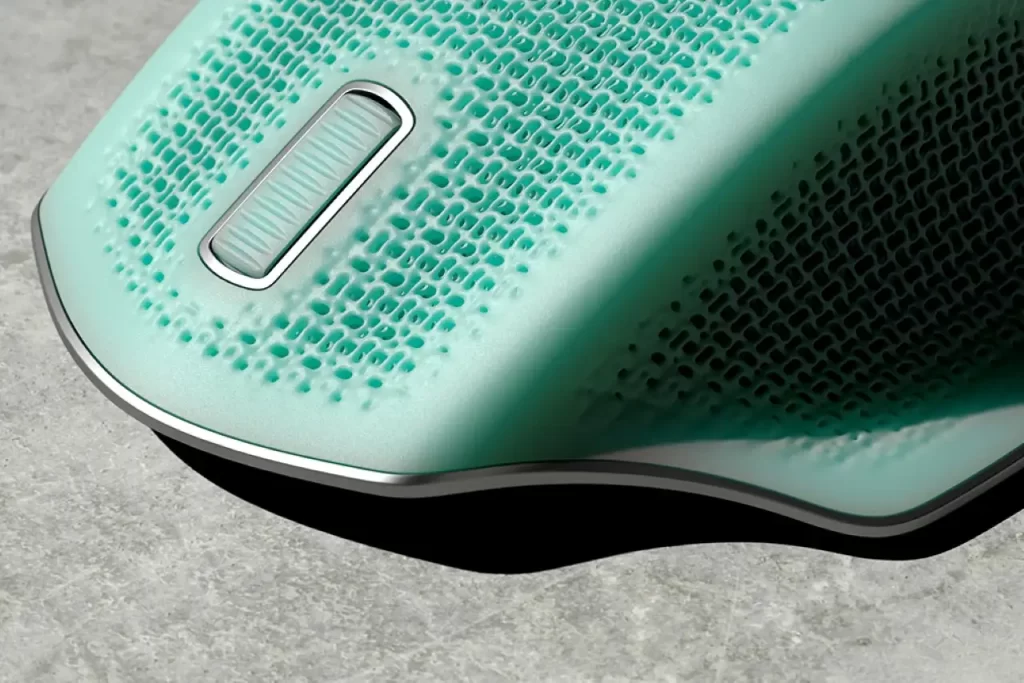
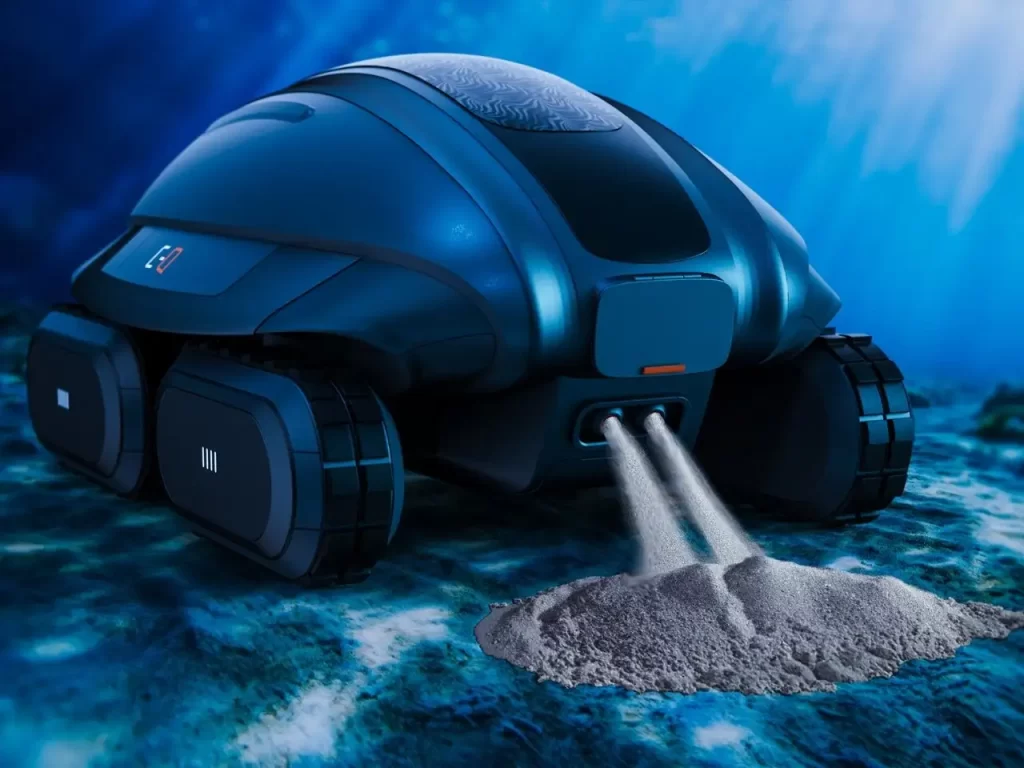
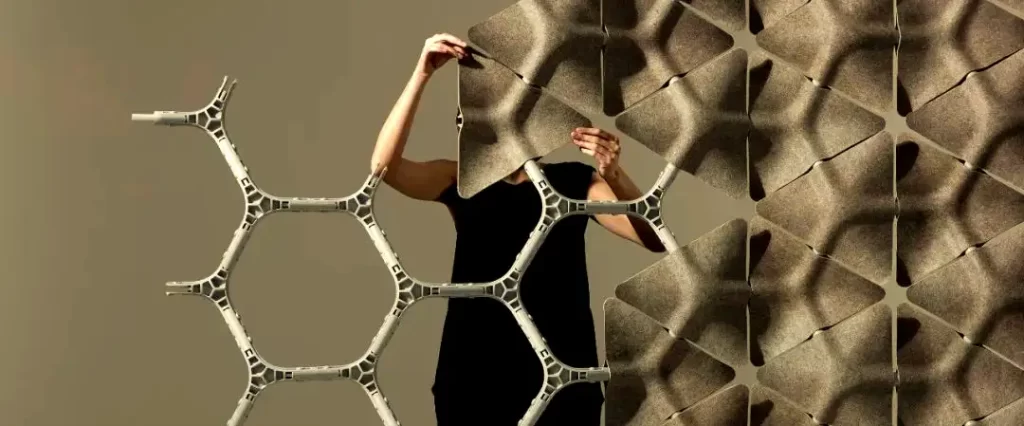
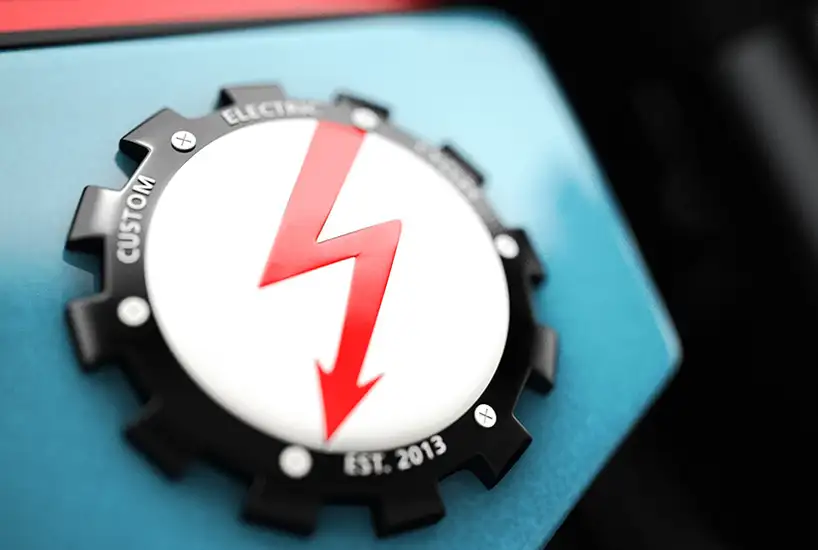


Shenzhen’s sustainable industrial design is not a false proposition
NEIDA: In the current global trend of increasing attention to environmental protection and sustainable resource utilization, the importance of sustainable industrial design in Shenzhen is becoming increasingly prominent. Some people may question whether it is just a false proposition that cannot be implemented, but in fact, on the path of industrial design, it is not only feasible, but also an inevitable trend of industry development.
Feasibility basis of sustainable design in industrial design in Shenzhen
Strong industrial foundation: As a manufacturing and technology hub in China, Shenzhen has a complete and mature industrial system. From electronic information and intelligent hardware to traditional manufacturing, various industrial sectors are closely interconnected. This provides a solid material foundation and technological support for sustainable design. For example, in the field of electronic products, many companies in Shenzhen have strong R&D and production capabilities, which can quickly translate sustainable design concepts into practical products. Like some smart watch brands, they utilize mature local supply chains, use recyclable materials to make the shell, optimize the internal structure of the product, extend the product’s service life, and achieve the implementation of sustainable design.
Abundant innovation resources: Shenzhen has gathered a large number of innovation resources, including numerous universities, research institutions, and active innovative talents. Universities and research institutions continuously carry out research projects related to sustainable design, providing theoretical support and technological reserves for the industry. For example, some universities in Shenzhen offer courses related to sustainable design, cultivate professional talents, and cooperate with enterprises to carry out industry university research projects. Numerous innovative designers and engineers are actively engaged in sustainable design practices, constantly exploring new materials, processes, and design methods to promote the application of sustainable design in industrial design in Shenzhen.
Strong policy support: The Shenzhen Municipal Government has introduced a series of policy measures to encourage sustainable development, providing strong policy guarantees for sustainable design in industrial design. For example, providing tax incentives and financial subsidies to enterprises that adopt environmentally friendly materials and energy-saving technologies; Establish a special fund to support sustainable design innovation projects; Establish strict environmental standards and guide enterprises to pay attention to environmental protection in the design and production process. These policies encourage enterprises to actively practice the concept of sustainable design and promote the development of the entire industry towards sustainability.
Practical achievements of sustainable design in Shenzhen’s industrial design
Material Innovation: Industrial designers in Shenzhen actively explore and apply new environmentally friendly materials. In the field of furniture design, some companies use renewable and recyclable materials such as bamboo and recycled plastics to replace traditional solid wood and non degradable plastics. Bamboo has the characteristics of fast growth rate and high strength.
After careful design and processing, it can be used to produce beautiful and durable furniture products. Meanwhile, the application of recycled plastics not only reduces the environmental pollution caused by plastic waste, but also lowers production costs. For example, some companies recycle and process discarded plastic bottles into furniture boards with unique textures, which not only achieve resource recycling but also give the products a unique appearance.
Product lifecycle optimization: Many Shenzhen companies fully consider the entire lifecycle of their products during the product design phase. Taking consumer electronics products as an example, some brands design mobile phones, tablets and other products that are easy to disassemble and repair, extending the service life of the products. At the same time, through software updates and other means, we continuously improve product performance and reduce premature product obsolescence caused by technological updates. In addition, in terms of product packaging design, simple and recyclable packaging materials are used to reduce the generation of packaging waste.
For example, the packaging of a certain smart speaker product uses biodegradable paper materials, and the packaging structure is simple, easy to disassemble and recycle, which not only reduces packaging costs but also reduces the impact on the environment.
Energy efficiency improvement: In the design of electrical products, Shenzhen enterprises focus on improving energy utilization efficiency. For example, intelligent air conditioning products adopt advanced frequency conversion technology and intelligent temperature control systems, which can automatically adjust the operating power according to the indoor environment, significantly reducing energy consumption compared to traditional air conditioning. Some LED lighting companies continuously optimize the optical design and heat dissipation structure of their products, improve luminous efficiency, reduce energy consumption, and extend the service life of the lamps. These products not only meet the functional needs of users, but also achieve efficient energy utilization and environmental friendliness.
The positive impact of sustainable design on industrial design in Shenzhen
Enhancing corporate competitiveness: Shenzhen enterprises that practice sustainable design can better meet consumers’ demand for environmentally friendly products, establish a good brand image, and stand out in market competition. For example, some electronic product brands that focus on sustainable design have gained recognition from domestic and foreign consumers due to their environmental protection concepts and product performance, and their market share continues to expand. At the same time, sustainable design helps companies reduce production costs by adopting environmentally friendly materials and optimizing production processes, reducing raw material procurement and waste disposal costs, and improving the economic benefits of the enterprise.
Promoting industry upgrading: Sustainable design has prompted the industrial design industry in Shenzhen to shift from the traditional focus on product functionality and appearance to a greater emphasis on environmental protection, resource utilization, and social responsibility. This transformation has driven technological innovation and talent cultivation within the industry, prompting companies to increase their R&D investment in sustainable design and enhance the design level and innovation capabilities of the entire industry. For example, in order to achieve sustainable product design, companies need to constantly research and develop new materials and processes, which drives the development of related upstream and downstream industries and forms a virtuous industrial ecological cycle.
Meeting the needs of social development: With the increasing attention of society to environmental protection and sustainable development, sustainable design in Shenzhen’s industrial design can better meet the society’s demand for green products. Sustainable design products not only reduce negative impacts on the environment, but also provide people with a healthier and more environmentally friendly lifestyle. For example, environmentally friendly furniture and household appliances can improve indoor environmental quality and ensure people’s physical health. Meanwhile, sustainable design also helps promote the sustainable development of cities, reduce resource waste and environmental pollution, and achieve coordinated development of economy, society, and environment.
The sustainable design of industrial design in Shenzhen is not a false proposition, but an important development direction based on solid foundation, existing practical achievements, and positive impact on industry and social development. With the continuous advancement of technology, sustained policy support, and further expansion of market demand, sustainable design will play a more important role in Shenzhen’s industrial design, leading it towards a greener, more environmentally friendly, and sustainable future.
@NINEIDEA九号创新 www.nineidea.com










